Fairbourne residents may have to pay £6,000 towards the demolition of their own houses
Instead of trying to protect Fairbourne, Gwynedd council is set to abandon the village to the sea in 2054. Sean Smith reports on the ongoing battle to save the first community in the world to be ‘decommissioned’ as a result of climate crisis

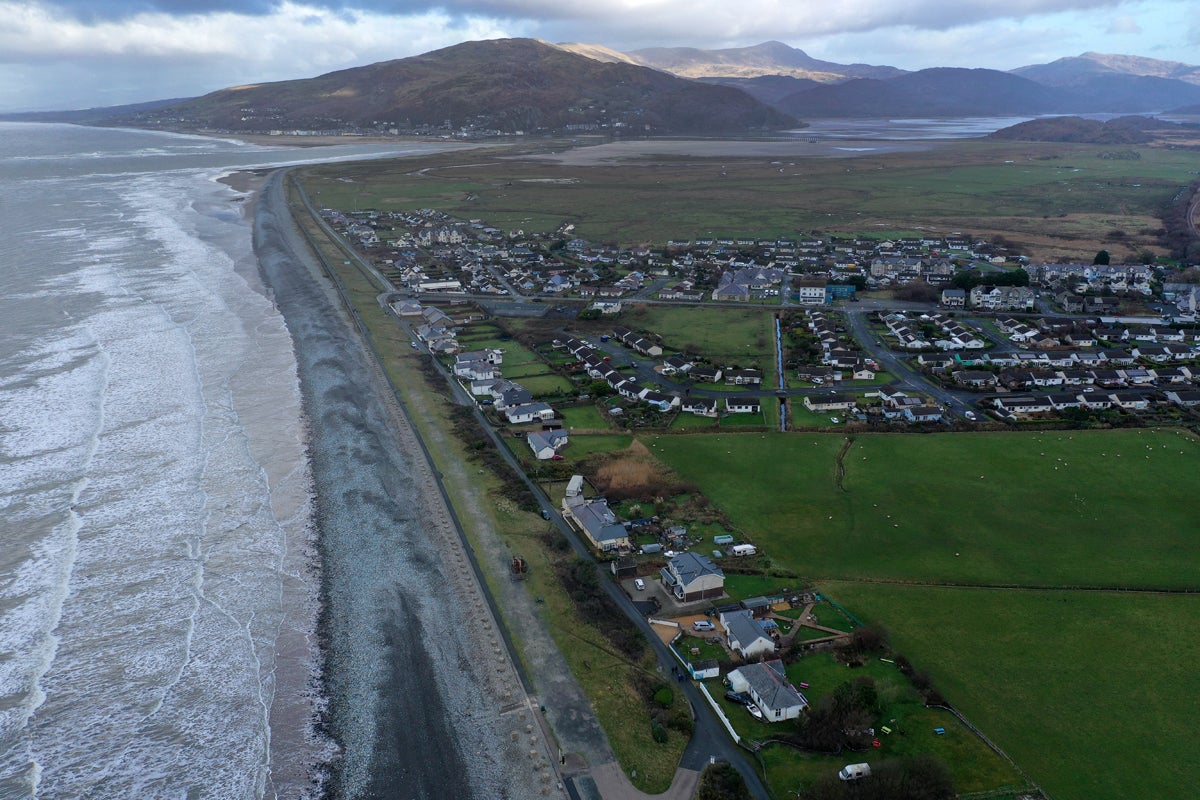
Perched precariously on the edge of Barmouth Bay, Fairbourne enjoys stunning views of southern Snowdonia. Its banked shingle beach forms a natural tidal defence and is reinforced to the rear by a spinal brace of concrete blocks. When the Home Guard embedded these anti-tank measures as a deterrent to German conquest in 1940, they were nicknamed the Dragon’s teeth. But just over a century later, they’ll be toothless in the face of a relentless invasion by the Irish sea.
Instead of trying to hold back rising sea levels, Gwynedd council is planning a “managed retreat” that will see Fairbourne’s coastal defences abandoned to the waves in 2054 as the Welsh village becomes the first community in the world to be “decommissioned” as a result of climate change.
Stuart Eves dryly quips that he’s thinking about having T- Shirts printed with the slogan “Fairbourne Twinned with Cantre'r Gwaelod” – the legendary Welsh Atlantis rumoured to be lying on the seabed 20 miles off the coast. As chair of Arthog community council, Eves has had to rely on his sense of humour to help 850 local residents get through the dark times: Fairbourne only learned of its phased-out fate on a BBC Wales television programme in 2014, and ever since the villagers have been dealing with the shockwaves of a slow-motion time bomb.
Read More:
Overnight, Fairbourne’s future was suspended, property prices slumped by 40 per cent, and pending mortgages were withdrawn as house sales fell through. Eves explains the devastating impact on a local community predominantly made up of English retirees many of whom had owned their homes outright. Those who could sell at reduced rates and still afford to buy elsewhere tended to leave while those who remained were “trapped in a situation where they’d have to watch the value of their homes dwindle away each year, knowing that they couldn’t pass anything on to their children”.
Local community councils in Wales have a similar standing to parish councils in England but with even fewer decision-making powers. As its chair, Eves admits ruefully that they have about as much authority as “a dog with no teeth but we are trying our best for our village and we’re the first port of call for people looking for support and advice”.
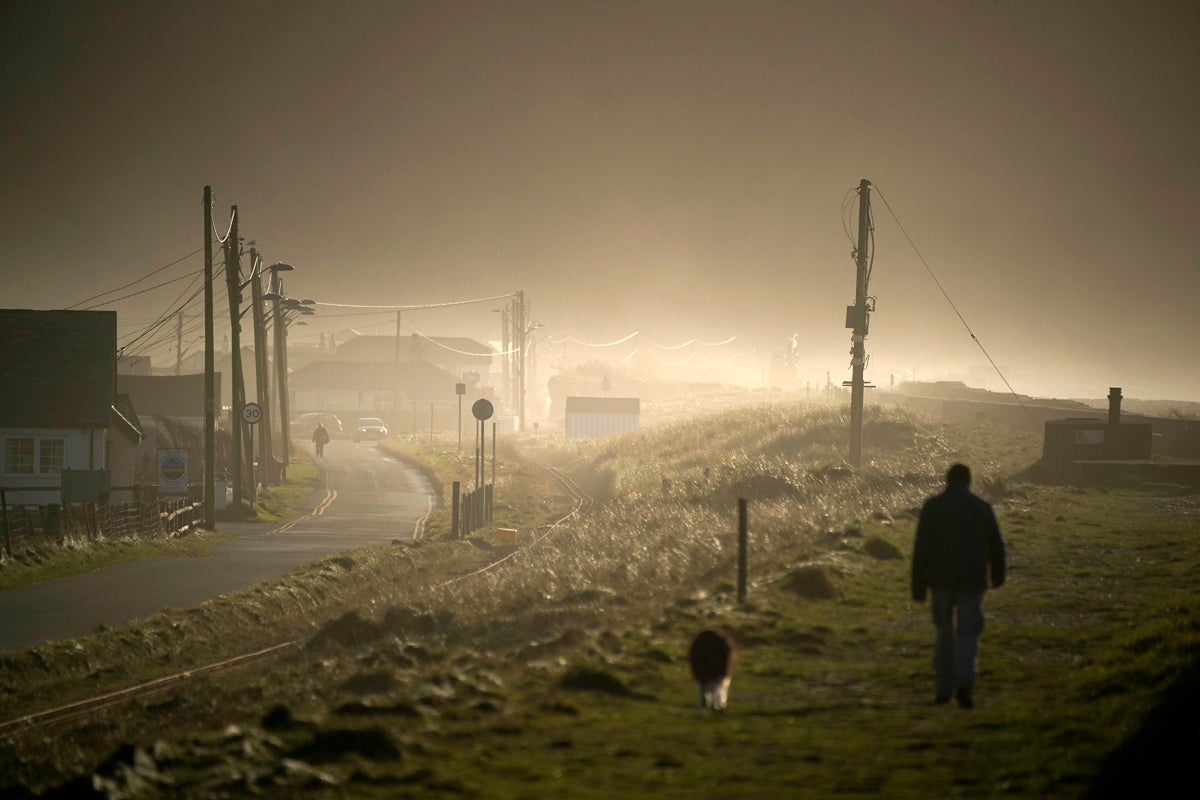
Fairbourne Moving Forward (FMF) is the multi-agency project set up to transition the village and manage the coastal retreat or realignment. As the senior decision-making partners in the project, Gwynedd county council and Natural Resources Wales (NRW) have listened to the local resident’s concerns raised by Eves and his colleagues on Arthog community council. But Eves has become increasingly disillusioned and frustrated by Gwynedd council’s leadership: “They’ve damned the village with their rhetoric of doom.”
He thinks the council decided to decommission the village before working out how to do it and blames a bureaucratic culture: “They think like politicians, wanting to debate the issue rather than solve it. It’s such a different mindset to business where there has to be an answer at the end of the discussion.”
Eves is also an owner of a local caravan and camping park. He’s looking froward to what promises to be a bumper summer buoyed by staycations and restrictions on foreign travel: “It’s good news. We’re likely to be inundated and very busy.”
Without legislative guidelines or access to a national funding stream, Gwynedd council has made it clear that the costs of decommissioning will fall on private householders
He’s also critical of Gwynedd council’s evident reluctance to maintain the existing infrastructure, which will mean, for example, that “car parks will struggle to cope with demand.”
Eves settled in Fairbourne in 1976, drawn by the area’s natural beauty: “It’s nestled between mountains and sea. If God had a garden this would have been it.” As an English man he was apprehensive about how he would be received but he needn’t have worried because Fairbourne was “a big family where people look after each other”.
With more severe storms forecast to occur more frequently, with ever greater erosion of natural and manmade coastal defences, low-lying estuarine communities such as Fairbourne are especially vulnerable.
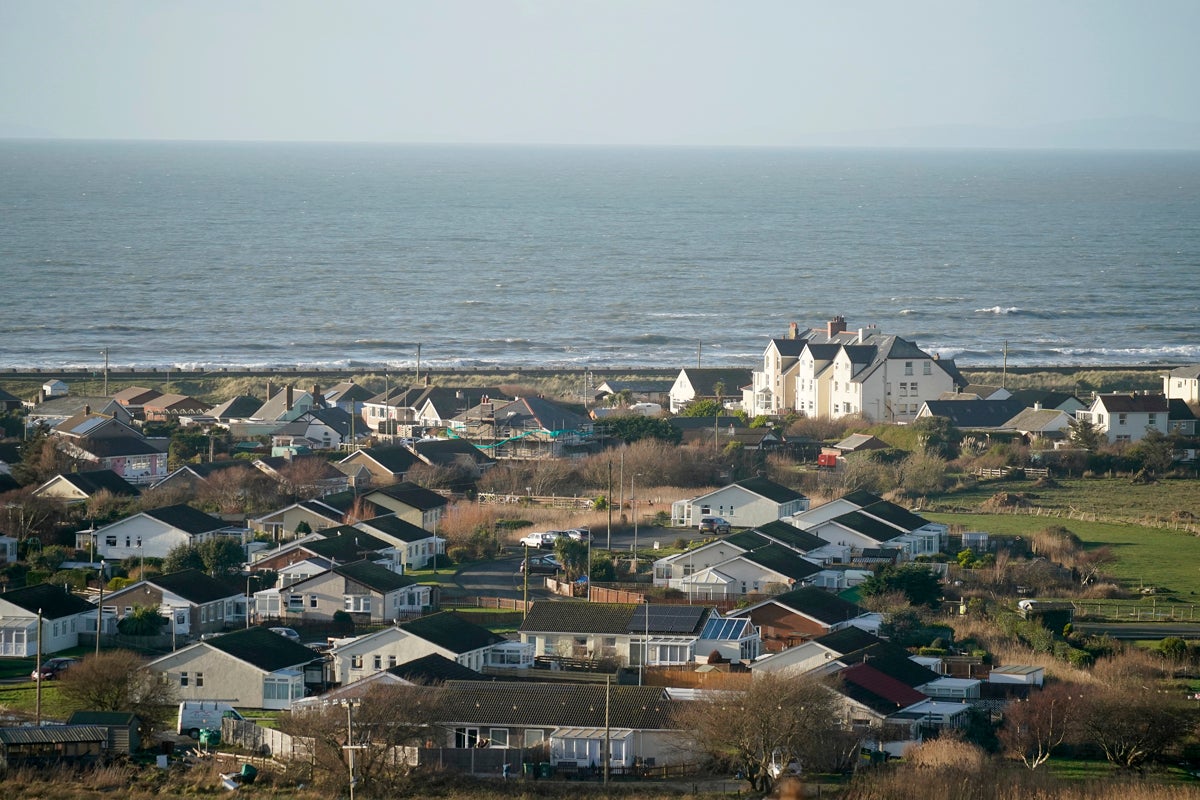
Fairbourne is particularly exposed because it’s barely above sea level and surrounded by water on all sides. Located in a pancake-flat basin facing the sea, and outflanked by the Mawddach estuary, Fairbourne also has to contend with heavy rain run-off from the mountains into the rivers at its rear. Mountain rainfall was the cause of the only significant flood in Fairbourne’s history in 1924. He points out that Gwynedd council’s plans are based on the notoriously inexact science of predicting sea-level rises through mathematical modelling: “How can you condemn somewhere on the basis of something that’s never happened before?”
Dominic Reeve concedes that there are no certainties but the modelling suggests that sadly the balance of probabilities are stacked against Fairbourne. Reeve is professor of coastal engineering at Swansea University and thinks predictions that sea level will rise by a metre by 2100 are broadly accurate, which will have huge implications for low-lying estuarine communities in south Wales, northwest Scotland, Yorkshire and Lincolnshire, East Anglia and the Thames Estuary.
He thinks that historically, coastal communities have been beating a “managed retreat for centuries” but that migration was less problematic for our ancestors because they were “more mobile” and had less infrastructure to lose.
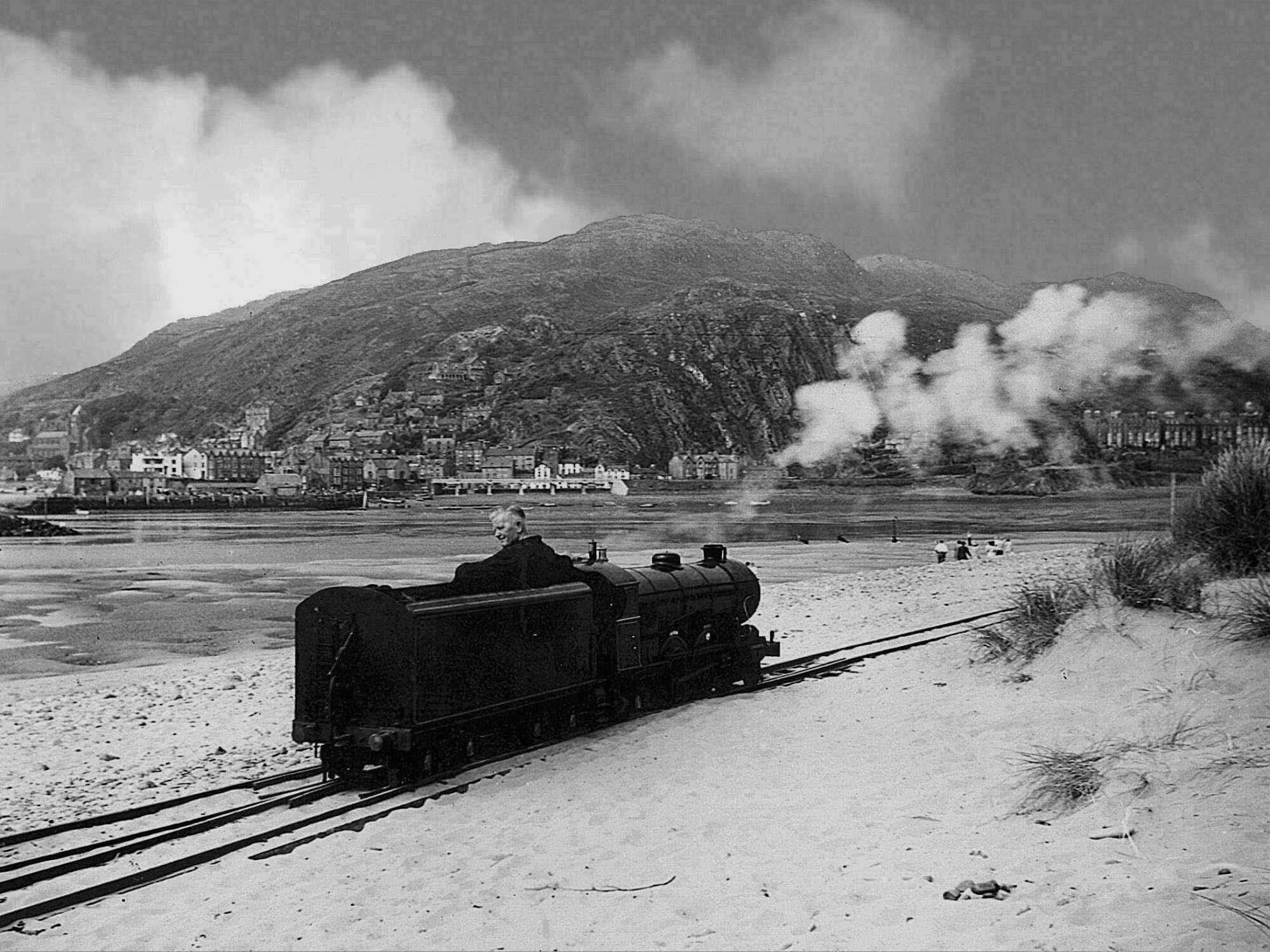
Professor Reeve believes Fairbourne is the first of many modern displacements because the only alternative to the Welsh policy of managed realignment would be to “build a hard sea wall around the coast of Wales at a cost £10,000 per metre, which is clearly not viable”.
He thinks that paying huge sums of public money for flood defences is “quite a difficult concept to grasp”. Guidelines at the Department for Environment, Food and Rural Affairs for funding for flood-defence schemes are so challenging that only larger, densely populated areas with thriving economies will be protected.
Reeve explain that an early warning sign that a coastal community is vulnerable occurs whenever “local authorities become reluctant to build or repair sea defences with public money, because as registered owners they become liable for maintenance and locked into ongoing spending commitments.” At a certain tipping point managed realignment becomes the more economically sustainable option.
Flood management is a responsibility devolved to the Welsh government. Natural Resources Wales is the government body tasked with maintaining the country’s environmental treasures. As part of the Fairbourne Moving Forward project, NRW has pledged to defend the village of Fairbourne until 2054, as long as funding remains in place.
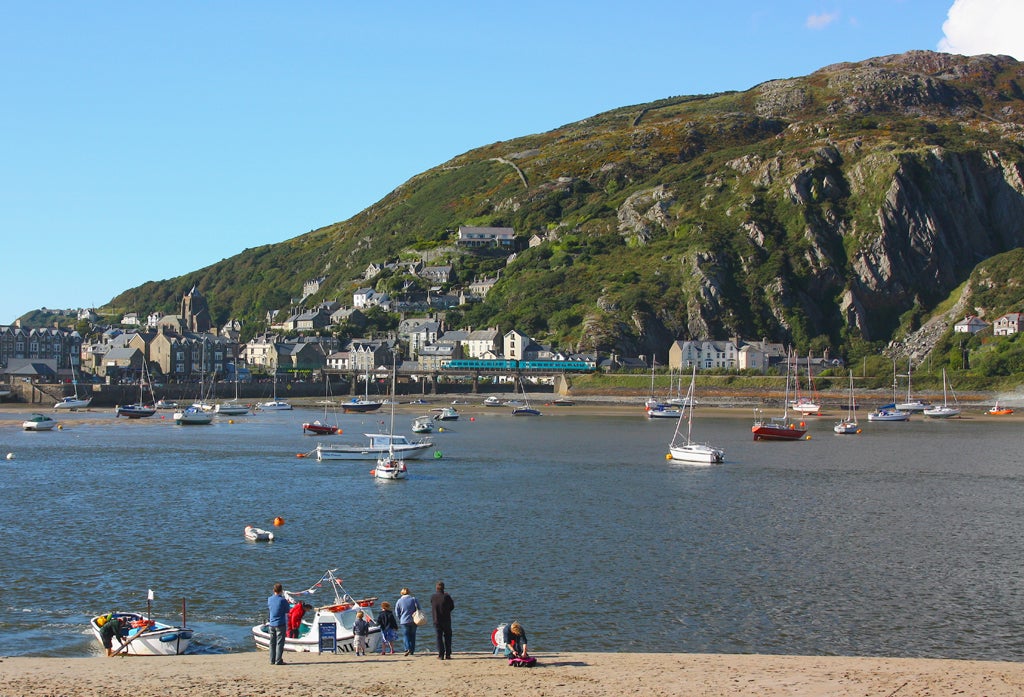
NRW has bolstered coastal flood defences, enhanced protection from tidal flooding in the Mawddach estuary, and built channels to divert floodwater from the village during high river flows. But they are candid enough to admit that there’s only so much they can do: “Fairbourne will always experience symptoms of flooding. Due to the flat terrain, low lying aspect and elevated water table.’’
Ominously, they draw attention to the fact that they’ve improved early warning procedures to cover 96 per cent of Fairbourne’s population to help ensure swift evacuation should the worst happen. Thomas explains that for local residents the financial uncertainty is “very wearing. Spending on a foreign holiday or even fitting a new kitchen or bathroom has to be carefully weighed because there’s always a sense that those funds might be urgently needed to help with rehousing costs at short notice.”
Although the community has been given assurances that utilities will be maintained until the last man standing, Angela Thomas knows that if the sea wall breaches before then and decommissioning is suddenly brought forward then Gwynedd council has nowhere to put Fairbourne’s displaced population. They’ve acknowledged that long stays in temporary B&B accommodation scattered across Wales are a distinct possibility.
Residents have been told they may have to contribute £6,000 to the cost of demolishing their homes to make way for the salt marshes that will serve as a buffer against future flooding
Thomas is a local resident who also works alongside Eves as clerk to the Arthog community council. Thomas’s faith in Gwynedd county council has never fully recovered from that moment in 2014 when the village had to learn about its fate from a television programme.
Communication problems seem to be a recurring theme. In a part of Wales where Welsh is widely spoken as the first language and road signs proudly proclaim their Welsh name alongside the English equivalent, it’s significant that Fairbourne has only its English name: it’s a purpose built resort founded by the flour magnate Sir Arthur Mcdougall in the 1890s.
It’s still seen by some of the locals as a predominantly English newtown populated by retirees from the midlands and north west. With just 25 small businesses and 400 homesteads, Fairbourne economically is perceived as low value. There seems to be a sense in the village that Fairbourne is expendable. Gwynedd council has been controlled by Plaid Cymru since 2011 and Thomas is aware of dark mutterings in Fairbourne that a community with deeper Welsh roots would receive better treatment if it found itself in the same predicament.
Thomas believes the “convenient inconvenience” of the Covid crisis has been used to justify further lapses in communication over the last 12months. She thinks Gwynedd council may well be regretting the zeal with which they started to talk up the decommissioning option in 2014 : “It jumped in with both feet before it knew what it was doing.” But now it’s struggling to handle this hottest of hot potatoes. Around the world, officials overseeing low-lying coastal communities are watching on as Gwynedd council attempts to draft the next chapter in the climate crisis history books.
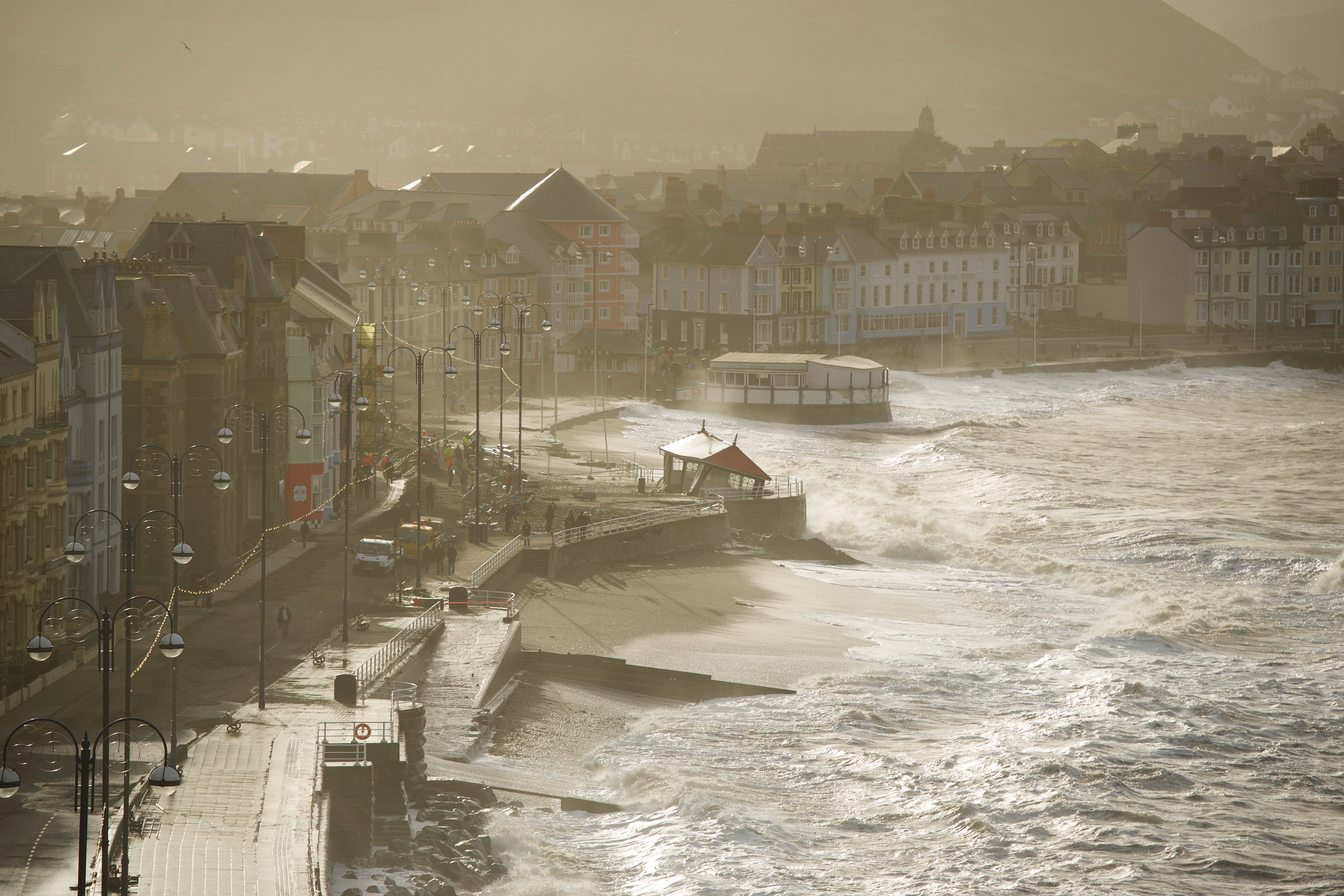
With managed realignment likely to become an expensive trend throughout the rest of the century, Gwynedd council is clearly determined not to set a precedent for accepting liability for future costs it knows it won’t be able to meet.
Without legislative guidelines or access to a national funding stream, Gwynedd council has made it clear that the costs of decommissioning will fall on private householders. There will be no compensation. Decommissioning a village is hard work; gas pipes and electricity pylons would need to be carefully dismantled and all structures completely flattened. To add insult to injury, residents have been told they may well have to contribute £6,000 to the cost of demolishing their homes to make way for the salt marshes that will serve as buffer against future flooding.
There’s a view that Fairbourne is being singled out as a pioneering outlier when the insidious effects of climate crisis are already apparent on much of the Welsh coast. Eves thinks it’s significant that in the heavy winter storms of 2013/14, Fairbourne stayed defiantly dry while nearby Borthand Aberystwyth were flooded. He argues that you only have to read the NWR’s Shoreline Management Plan to realise that there are 50 similar communities in Wales under imminent threat of coastal flooding so it seems odd that Fairbourne is always wheeled out by the Welsh government to establish its credentials on climate crisis readiness. He says: “It sometimes feels that the finger of God is picking on you and just on you.”
Read More:
If, by the middle of this century, reassuring structures and systems are in place to protect the interests of the hundreds of thousands of people threatened by managed realignment much of that working out will have been done at the expense of the residents of Fairbourne who believe they are being used unfairly as guinea pigs.
Eves is a Fairbourne “lifer” who plans to see out his days here fighting the good fight for Fairbourne: “We’ve got to learn to live again and stop feeling trapped in the land that time forgot.” If he’s still alive in 2060, Stuart will be a centurion and he chuckles when he makes his much repeated promise to sue Gwynedd council if their dread scenarios haven’t materialised. For the time being at least, Fairbourne’s fight for survival is keeping it well and truly on the map.
Join our commenting forum
Join thought-provoking conversations, follow other Independent readers and see their replies
Comments
Bookmark popover
Removed from bookmarks